Who remembers the beloved Nana from Peter Pan? Come on, we know you do! She was the dog at the very beginning of the movie that pulled at everyone's heartstrings when she got chained to her doghouse outside. Ring a bell? Nana was a Newfoundland dog! This giant Newfoundland dog breed is as lovable as Nana was in the movie.
Newfoundlands were originally used as working dogs to pull nets for fishermen and haul wood from the forest. They weren't necessarily bred to be nannies to kids and a pixie. Yes, we're talking about Tinkerbell! Keep on scrolling to read more about this breed's debut in one of the most popular Disney movies! Oh yeah, and to learn how to care for them as well!
Newfoundland Dog Breed Characteristics [Physical]
Newfies are considered to be extra-large dogs. They are what you may call gentle giants. This giant furball has a flat, water-resistant double coat. Their outer coat is coarse and long, and the undercoat is soft and dense. Newfoundlands are a non-sporting breed that requires daily exercise but not to the point of overexertion.
Head
Newfoundlands have massive heads to match their giant bodies. Imagine having a tiny head and a big body? Yeah, we get it. It'd be cute. But realistically, it wouldn't work out. Their ears are small and lie close to the head. Newfoundlands typically have dark brown eyes, but lighter eyes are common for brown or gray coated dogs.
Body
This dog's large bones give it most of its mass, while its muscular build allows it to take on rough ocean waves and powerful tides. While all dogs have a bit of membrane between their toe pads, Newfies have more pronounced webbed feet to help them paddle easily through the water.
Limbs
Newfoundland dogs are heavy-boned and carry themselves with a sense of dignity — almost like royalty! Newfie's shoulders are muscular and laid back. Their forelegs are muscular, heavily boned, straight, and parallel to each other. Viewed from the back, the hind legs are straight and parallel.
Newfoundland Size
Newfoundland puppies can grow anywhere from 26 to 28 inches tall. What is Newfoundland dog height? That's about 2 feet tall! Generally speaking, these dogs are longer than they are tall. What is the biggest Newfoundland dog size? They can get up to 3.5 feet long, with the longest Newfoundland coming in at 7 feet long! This is a large breed if we haven't already made that clear. Males weigh anywhere from 130 to 150 pounds, while females weigh in around 100 to 120 pounds. More to love!

Newfoundland Dog Personality
This is a kind, good-natured breed that makes a wonderful family dog. They are like giant, plush teddy bears. These dogs are intelligent, docile creatures that are quick to jump in front of their owners if they sense any danger. They are not barkers, but they are very watchful and willing to protect. Newfoundland owners have attested to the fact that they can often tell when their dog is alerting them to a fire.
Intelligent
Newfies don't often show off their smarts, so their owner can often overlook their intelligence. This breed learns quickly and enjoys the process of working alongside its owner. We should mention that Newfies have been known on many occasions to be smarter Newfoundland dog compared to human. Dogs are incredibly smart! Remember Scooby-Doo?
It has been found that Newfoundlands' brainpower is comparable to a human child between 2 to 2.5 years of age. The typical Newfoundland can learn around 165 words and commands, especially when paired with symbols.
Companionship
These dogs may look like big scary bears, but they are giant puddles of love and companionship. They take a lot of things in stride, including being straddled by children, activity in the family room, cats, and other dogs trying to be friends. This friendly beast is the epitome of chill! They love being around people and surrounded by great energy.
Don't mistake their mellow personality for laziness! Newfoundlands are people pleasers and natural working dogs. They are constantly at your side, expecting to be told what to do. These dogs love to be "on" their owners as well as lay across their feet. They certainly do not discriminate against babies either!
Alertness
Due to their history as working dogs to help fishermen, these dogs are naturally alert. While you'll hear a woof or two during playtime, a well-trained Newfoundland truly only barks as a warning to alert you or anyone approaching that they are on duty. These dogs are bred to assist people. They are great at jobs guarding property, pulling sleds and wagons, and performing water rescues! Oh yeah, did we mention that they love water?

Newfoundland Dog Breed Exercise
The Newfoundland breed doesn't require extensive exercise but can quickly become a couch potato if not kept on a regular exercise schedule. This fun, energetic breed needs lots of room to run around and burn excess energy. There are multiple ways to keep your Newfie entertained and healthy!
Daily walks are essential and here are a few things you can try with your dog to gauge what activities interest them the most:
- Short runs
- Swimming
- Fetch
- Hiking
The Kennel Club recommends up to an hour of exercise every day for this breed! As mentioned earlier, these dogs love to swim. Their waterproof coat, webbed feet, and great lung capacity make them great swimmers. Move over, Michael Phelps!
Related: How Much Exercise Does a Dog Need Everyday?
Training
Bringing home a Newfoundland puppy is a big task! We mean it literally. Not only are these adorable balls of fur bigger than most puppies, but they also take longer to physically and mentally mature than smaller breeds. This means that time is crucial. You must start training your puppy when you bring them home, and this should continue throughout the first few years of their life.
Responsible Newfoundland breeders will generally keep the puppies longer than breeders will keep other breeds. During this time, the puppies are usually screened for heart conditions before leaving their breeder. This happens from 10 to 12 weeks of age. During this time, Newfies must get early safe socialization to sounds and textures.
Phases of Training
When your puppy is home around 12 to 18 weeks of age, it is time to start building routines. These early routines include potty training, crate training, and simple obedience skills like "sit down" and "come here." You want to use treats and toys to incentivize this training. These mischievous pups are exploring their environment with their mouths, as well as teething! So teaching commands like "give/drop" and trading them for toys is essential!
At 4 to 8 months, we call this the teddy bear phase! Although your Newfoundland puppy is bigger than most puppies their age, they are still emotionally immature. Keeping up with the foundation training you first started with by continuing to expose them to different sounds, places, and people of all ages is crucial. You don't want to backtrack on all the hard work you and your puppy have done!
At around 12 to 24 months, your Newfie has outgrown the teddy bear phase and now has a mind of its own. Generally, after 18 months, Newfoundlands will finish growing physically. At this point, you may want to start wondering if it is okay to pursue high-impact sports since your Newfie is done growing for the most part. Consult with your veterinarian to determine a safe age to slowly begin training and partaking in these activities.

History
The Newfoundland is well renowned for its working ability and being the original "ship dog." Sailors used them to take ropes ashore in the North Atlantic seas, retrieve lost fishing gear, and rescue humans. Its great strength and thick double-layered coat make the Newfoundland great at what it does. Its gentle, mild-mannered nature has endeared it to people throughout history. The breed we know today was originated from dogs brought from the island of Newfoundland to England in the early 1800s.
There are many theories about the origin of the breed. Here are a few of the most popular:
- One of these theories is that they developed from the black 'bear' dogs transported to Newfoundland and the Americas by Vikings around 1000 A.D.
- They may have evolved from the American Black Wolf or other native dogs.
- They could have also been developed from explorers' inter-breeding of European dogs in the 15th and 16th centuries.
The first written record of this breed occurred in 1775 when an entrepreneur, sportsman, and diarist named George Cartwright, applied the name of the breed's native island to his dog. During the 18th Century, this breed began to increase in popularity. It is around this time that the Newfoundland begins to appear in literature and journals. The first official showing of the Newfoundland was recorded in 1860, in Birmingham, England. It happened at a national dog show, and it is said that 6 Newfoundlands were entered.
Common Health Problems Found in the Newfoundland
Newfoundlands have an average lifespan of 8 to 10 years. They are prone to serious health conditions, unfortunately. This is why it is important to support ethical breeders who won't sell puppies without first screening them with a veterinarian! Here are a few health issues that Newfoundlands may experience:
Gastric Torsion
The technical name for this is Gastric Dilatation-Volvulus. Bloating of the stomach can be attributed to swallowed air. It usually happens when there is an abnormal accumulation of air, fluid, or foam in the stomach. Drooling saliva and froth near the mouth can be indicators of gastric torsion. Your dog may also attempt to vomit with little brought up, and their stomach may feel swollen.
Sub-Aortic Stenosis
This health issue is most common in dogs and rarely affects cats. It is prevalent in giant breeds. This condition is a narrowing of the area underneath the aortic valve that causes a blockage of blood flow through the heart. This narrowing can be mild, moderate, or severe. When it is moderate or severe, it can cause the heart to work harder, potentially harmful to its health. Symptoms in severe cases include weakness, difficulty breathing, and fainting.
Entropion
Entropion is a genetic condition in which a portion of the eyelid is inverted or folded inward. This may cause an eyelash or hair to irritate and scratch the surface of the eye. Facial shape is the primary genetic cause of this condition. Giant breeds like the Newfoundland tend to have excess slack in the ligaments around the outer corners of their eyes. This causes the outer edges of the eyelids to fold inward.
To maintain your dog's health, it is important to always check in with your veterinarian routinely. This ensures that your dog remains in optimal health.

How to Care for a Newfoundland
With their genuine love for swimming, you don't need to live near a lake for your Newfoundland to be happy. This big goof does require room for activities. Imagine being cooped up into a tiny space with a body that big! While they are meant to live indoors with their owners, Newfies live for outdoor activities.
It is important to have a fresh water supply at their disposal, especially when they are outside. Their coat is the equivalent of wearing three jackets on a regular sunny day! Even you would get hot. Keep in mind that with dogs this big, grooming is an important part of their care. To break up the monotony of playing fetch or running around in the backyard, water play, and occasional trips to a lake or a pool would be great for this gentle giant. More than anything, this easygoing pup loves attention from its owners, and being included in anything is enough for them!
Nutrition and Feeding for a Newfoundland
It is impossible not to think that a dog this size requires plenty of food and water! After all, they gain 100 pounds in the first year! A Newfoundland puppy will usually consume about 2 cups of food an average of 3 times a day. This feeding schedule and amount will be for around the age of 6 months. You can break this up into three meals throughout the day. Contrary to popular belief, adult Newfies don't sit around and eat 10 cups of food per day! Once your dog is an adult, they will need about 2 to 3 cups of food twice a day.
You can break this up into three meals instead of two. Feel free to modify this according to your dog's needs. Due to your Newfoundland's size, you want to ensure that you are feeding your dog food that is appropriate to their size. That way, they receive all the nutrients they need to be able to live healthily. Dry dog food should have animal protein, grains, vitamins, minerals, and antioxidants. Raw diets consist of organ meat, muscle meat, raw eggs, and dog-friendly vegetables.
Generally speaking, these are a few foods that your Newfoundland should avoid:
- Avocado
- Cherries
- Grapes
- Tomatoes
- Onions
Coat Color and Grooming
This lovable giant comes in several colors, including solid black, brown, gray, or Landseer, a white coat with black markings. Their thick luscious coat requires brushing at least 2 to 3 times a week. Many owners opt to hire a professional groomer because grooming a dog this big can be a daunting task! Regardless, brushing is essential to rid them of dead hair and prevent tangling and matting. Like all dogs with long coats, they get dirty easily. Expect muddy paws and leaves stuck in the coat.
We know that a big part of the appeal to this dog is their long coat, but we can't forget comprehensive care. Brushing your Newfie's teeth 2 to 3 times a week removes tartar buildup. Daily brushing can benefit them even more by preventing gum disease and bad breath. Let's be honest; this benefits us as well! Regular nail trims are essential to any dog's well-being. If your dog's nails get too long, they can dig into their paw pads and cause discomfort. This leads us to ear care! Checking your dog's ears to make sure they are clear of debris can prevent ear infections in the future and save you a trip to the vet.
Children and Other Pets
The Newfoundland is a gentle, sweet dog that loves children. They are friendly as well as protective when need be. This goes for all members of the family. This breed can also get along with other dogs and small mammals as long as they are socialized from an early age. Remember, it is important to expose your Newfoundland puppy to different people and environments to prevent undesirable behavior later on in life.
Remember how we mentioned Peter Pan? And the Darling family? The famous Newfoundland in this Disney movie is seen as a nanny. Nana has a human-like tendency in the movie and is seen as a natural-born babysitter! It seems like Walt Disney might've read our article on this burly dog. Although the Newfie is a gentle giant, it is always recommended to supervise children when they are around any animal.
Rescue Groups
Newfoundland enthusiasts and owners alike have formed rescue groups worldwide to try and find suitable homes for these gentle giants. Their mission is to bring awareness of care and provide these dogs with the tenderness, love, and care they deserve. Here are a few rescue groups that you can check out if you're interested in adopting:
- The Newfoundland Club of Northern California: Well, what do you know! This seems to be in our own backyard! Kind of, depending on where you're at geographically. Their mission is to find homes for displaced purebred Newfies. They work with owners, breeders, and shelters to find homes for any Newfoundland that may need one.
- Newfoundland Club of America: Okay, this one is for whoever is not in California! The American Kennel Club recognizes this club to do all in its power to protect and advance the interests of Newfoundlands. They are committed to bringing awareness to this breed and providing the public with more information about these dogs.
- Newfoundland Rescue Program: This club has made it their mission to preserve and advance the Newfoundland. They rescue the unfortunate Newfoundlands that may end up abused, neglected, abandoned, or in shelters.
Newfoundland Organizations
Just like there are many rescue groups worldwide, there are also organizations where enthusiasts and owners can partake in events. Not only do these organizations provide Newfoundland lovers with support and social outings, but they are also a fountain of information for those that may be looking into adopting or for first-time Newfoundland owners.
As mentioned above, the Newfoundland Club of America is one of the most well-known clubs out there. They are the parent organization of a large number of regional clubs. The regional clubs are independent of the NCA, but they are a great source of information. Here are a few clubs that you can find in California! Although, there are many all over the world:
- The Newfoundland Club of Northern California
- Newfoundland Club of San Diego
- Trinity Cove of Newfoundlands

More About the Newfoundland
You know, they always say that great things come in small packages. But what about big packages? Newfoundlands are big, but they have a heart even bigger than them! We're not sure how any part of them could get any bigger, trust us. They are great family pets that love to please their owners, and in turn, we're sure you will love pleasing your pup as well.
Suppose you're looking for a loyal companion but don't have space for a horse, then lo and behold! You can get a Newfoundland. Although, if you're trying to hide a new dog in the house, we're not sure that you'll be able to pull it off!



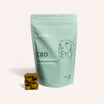


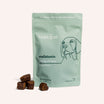
![Probiotics For Dogs [Soft Chews] - HolistaPet](http://www.holistapet.com/cdn/shop/files/Probiotic-Infographic-1_472d7a29-e30c-435a-9638-1365d8c3a9f9.jpg?v=1725384841&width=104)
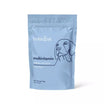





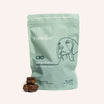






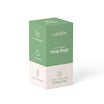

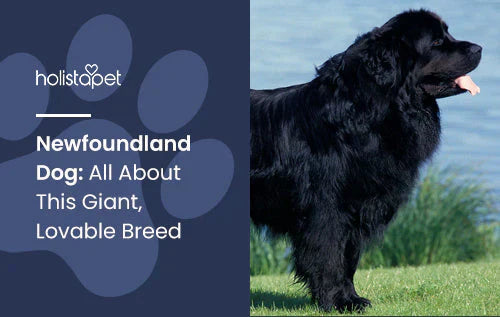
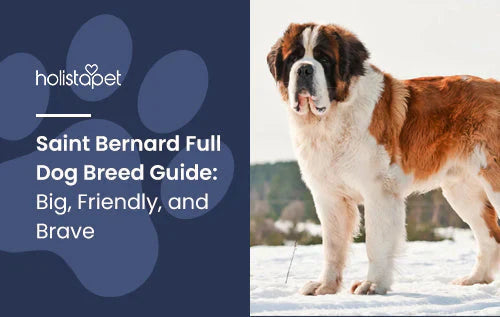
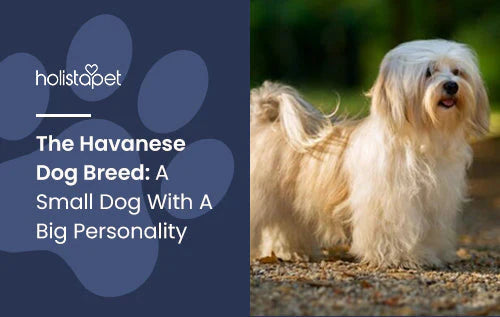
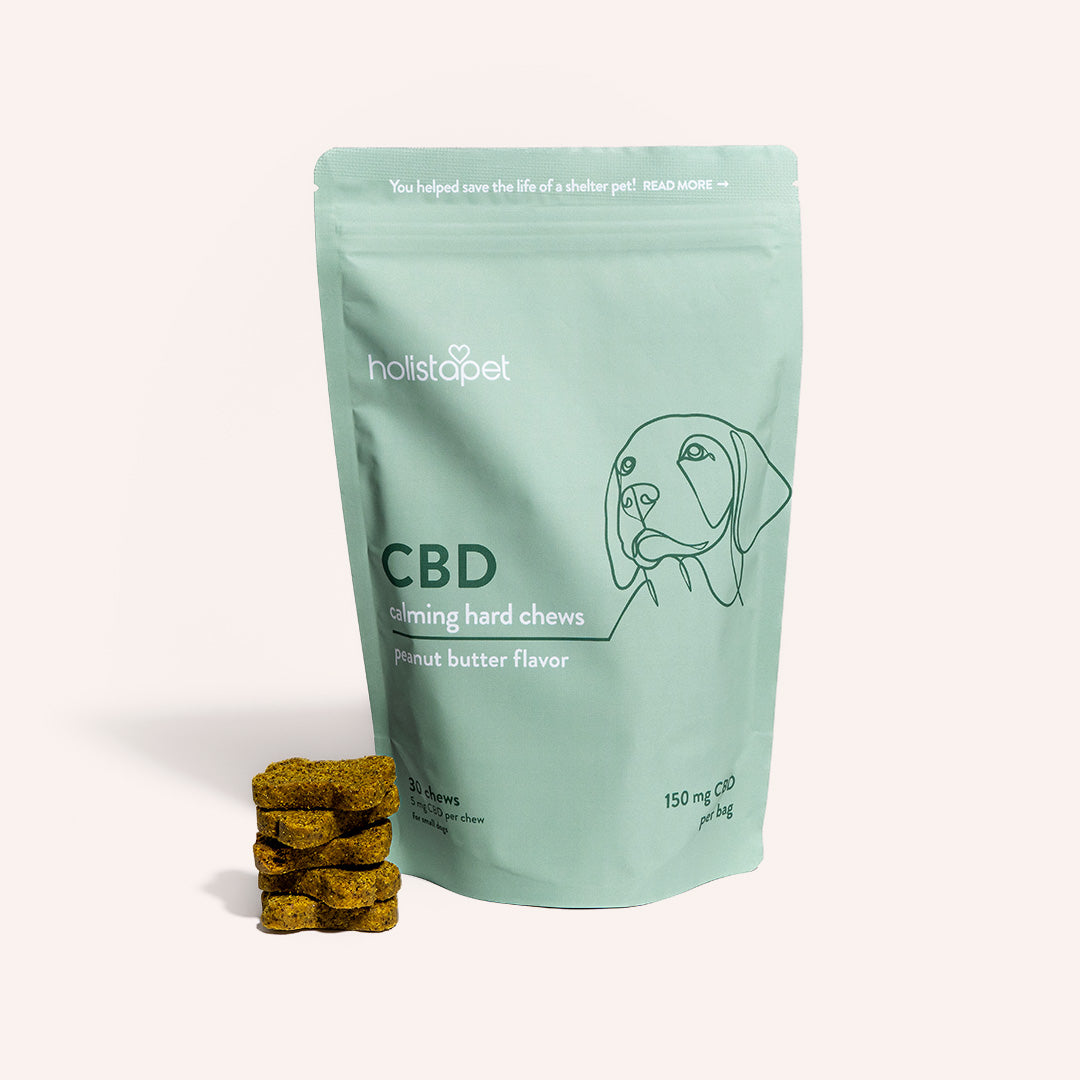
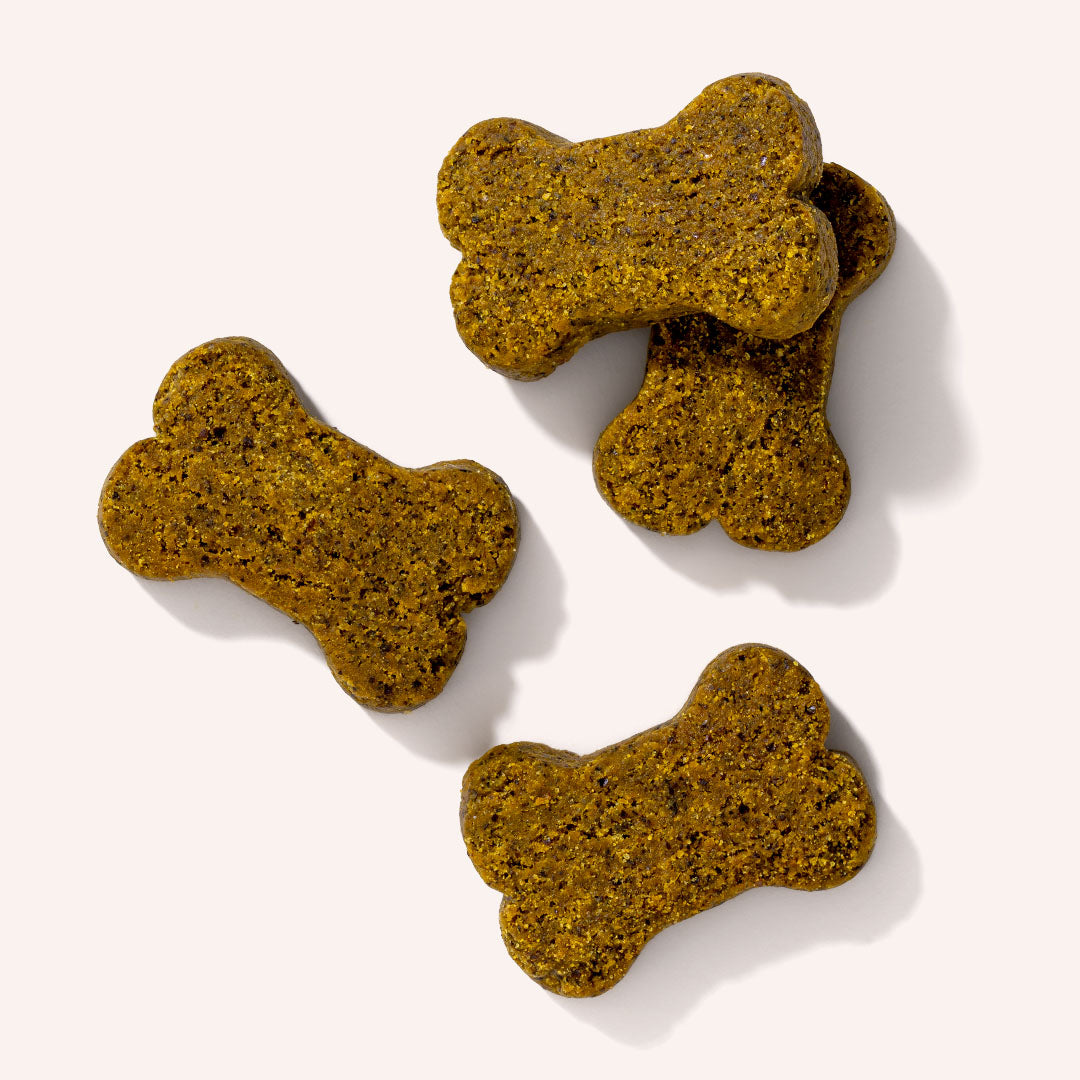
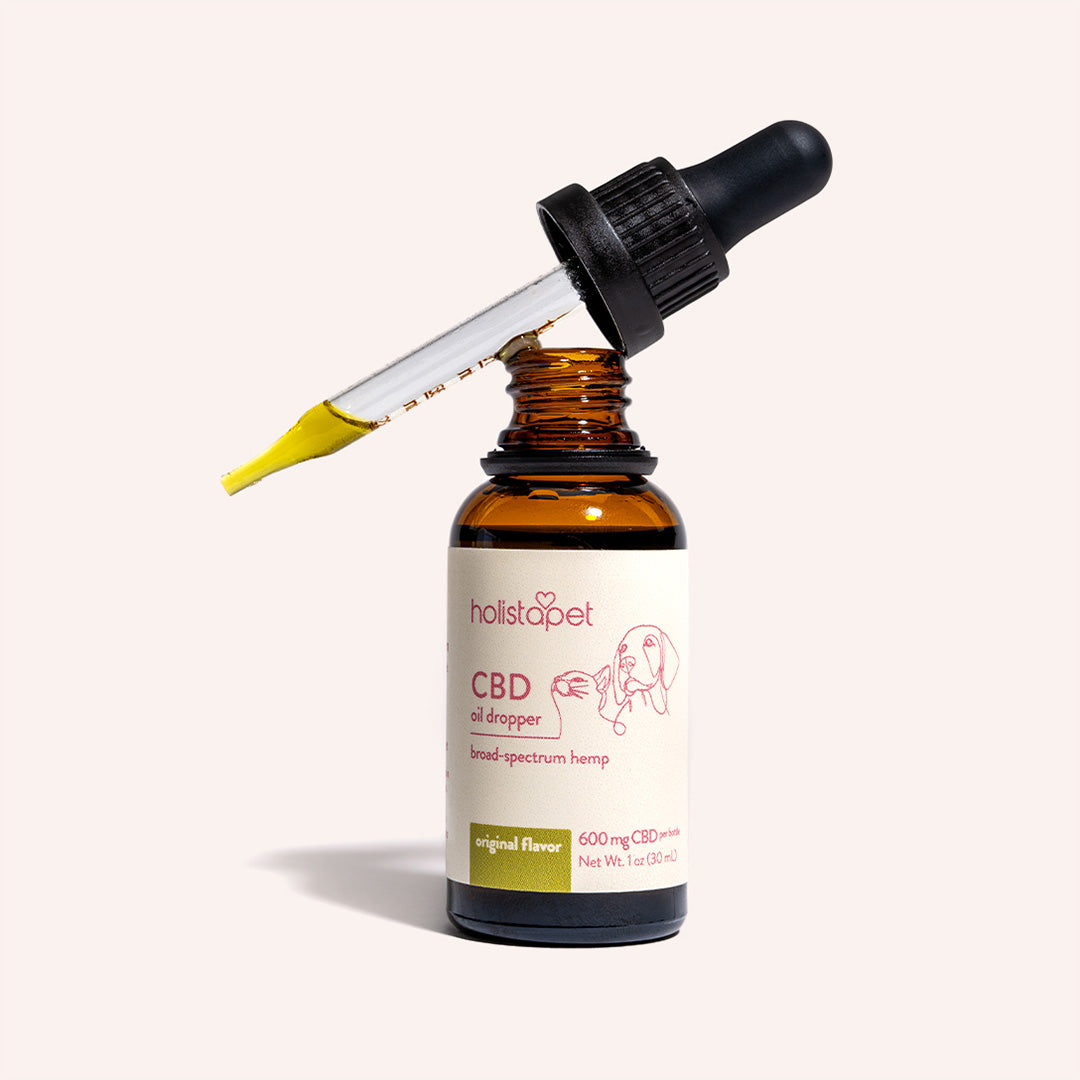
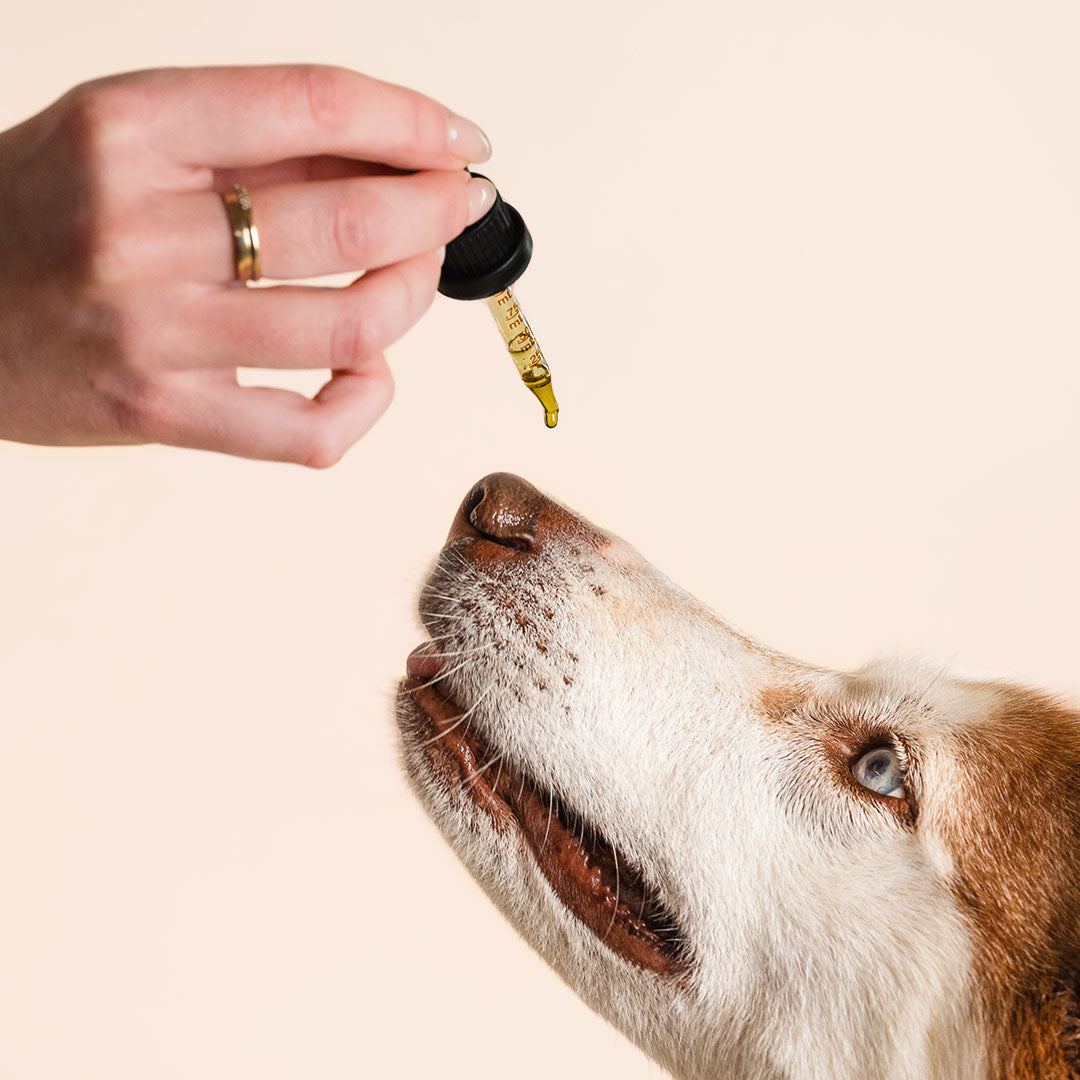


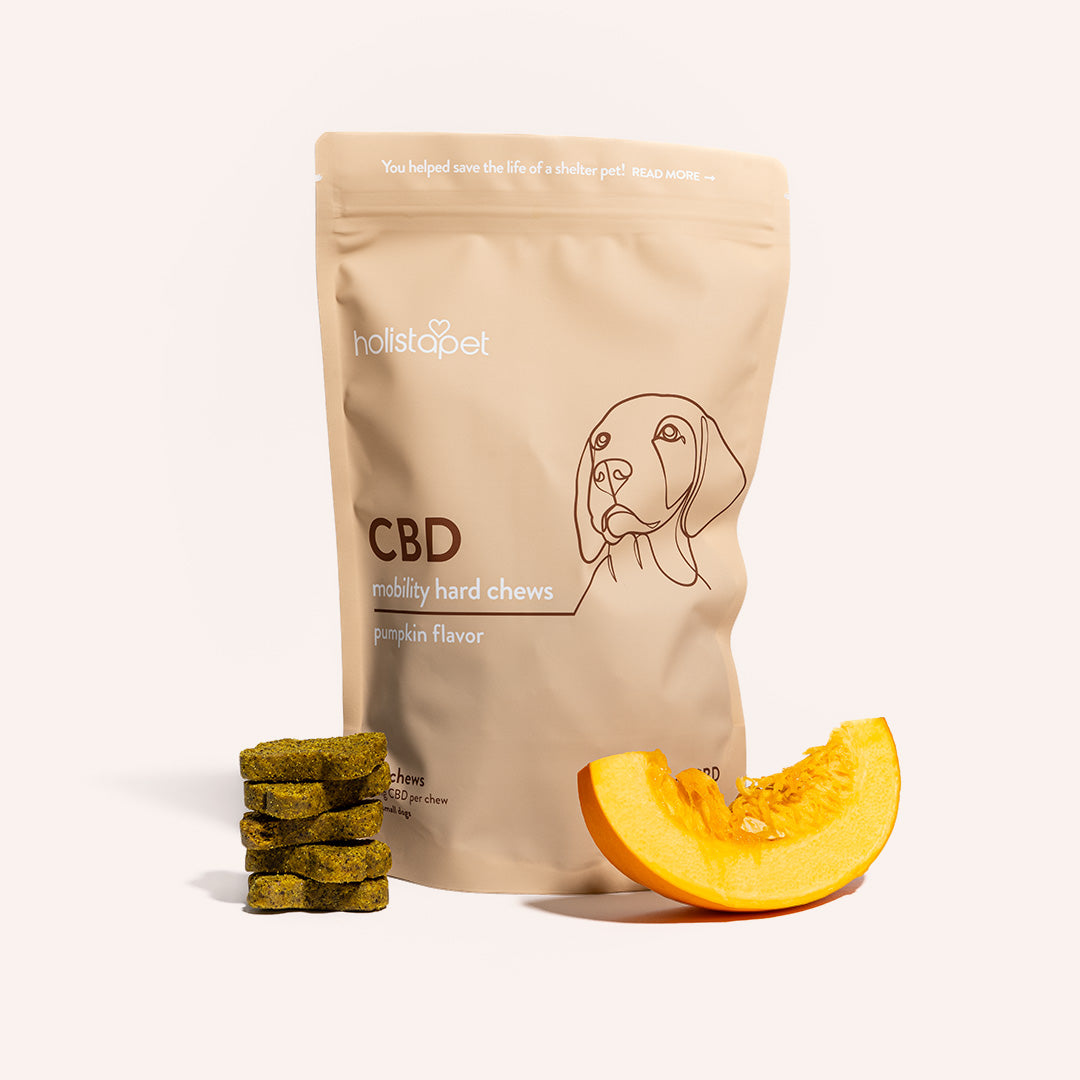
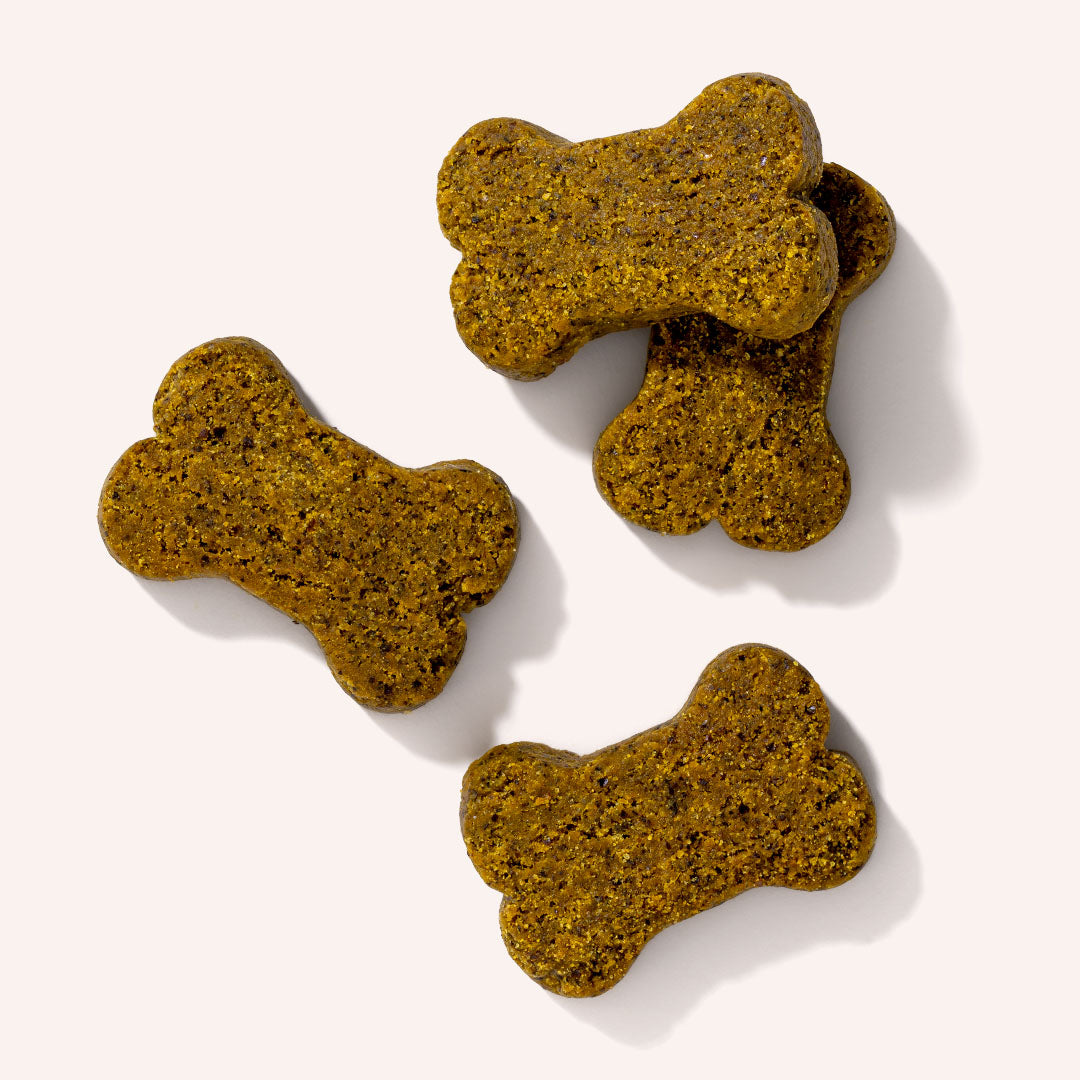

Leave a comment
All comments are moderated before being published.
This site is protected by hCaptcha and the hCaptcha Privacy Policy and Terms of Service apply.